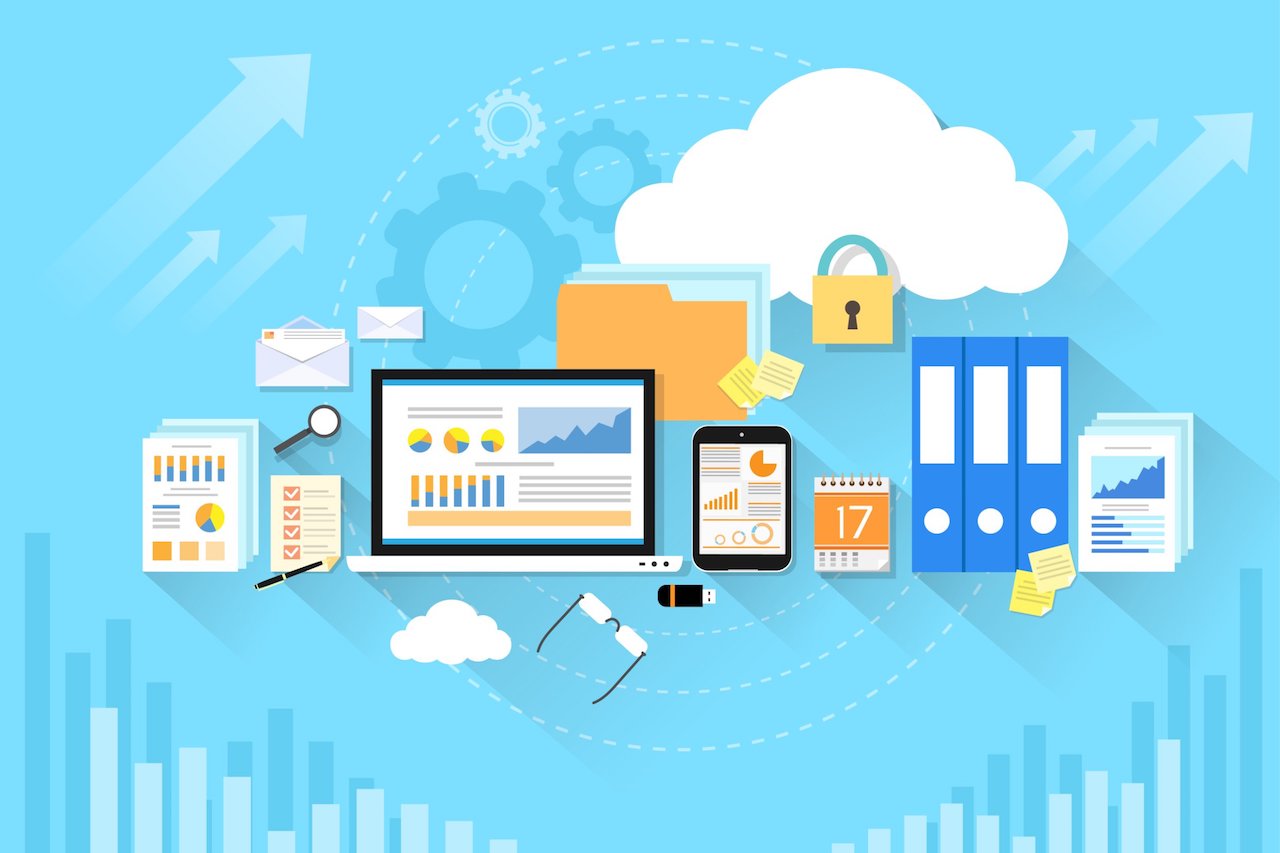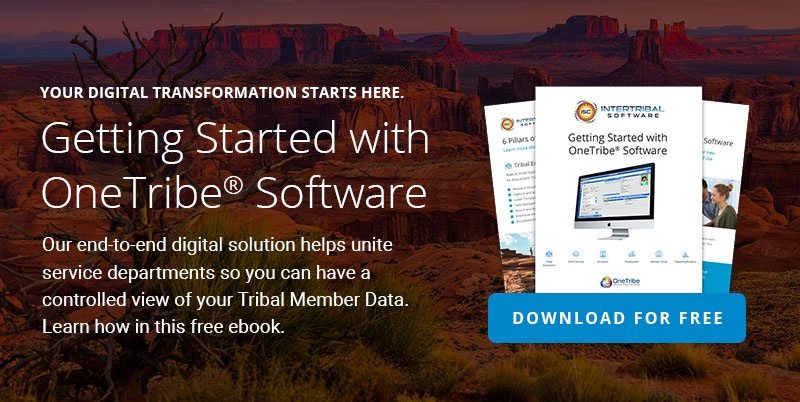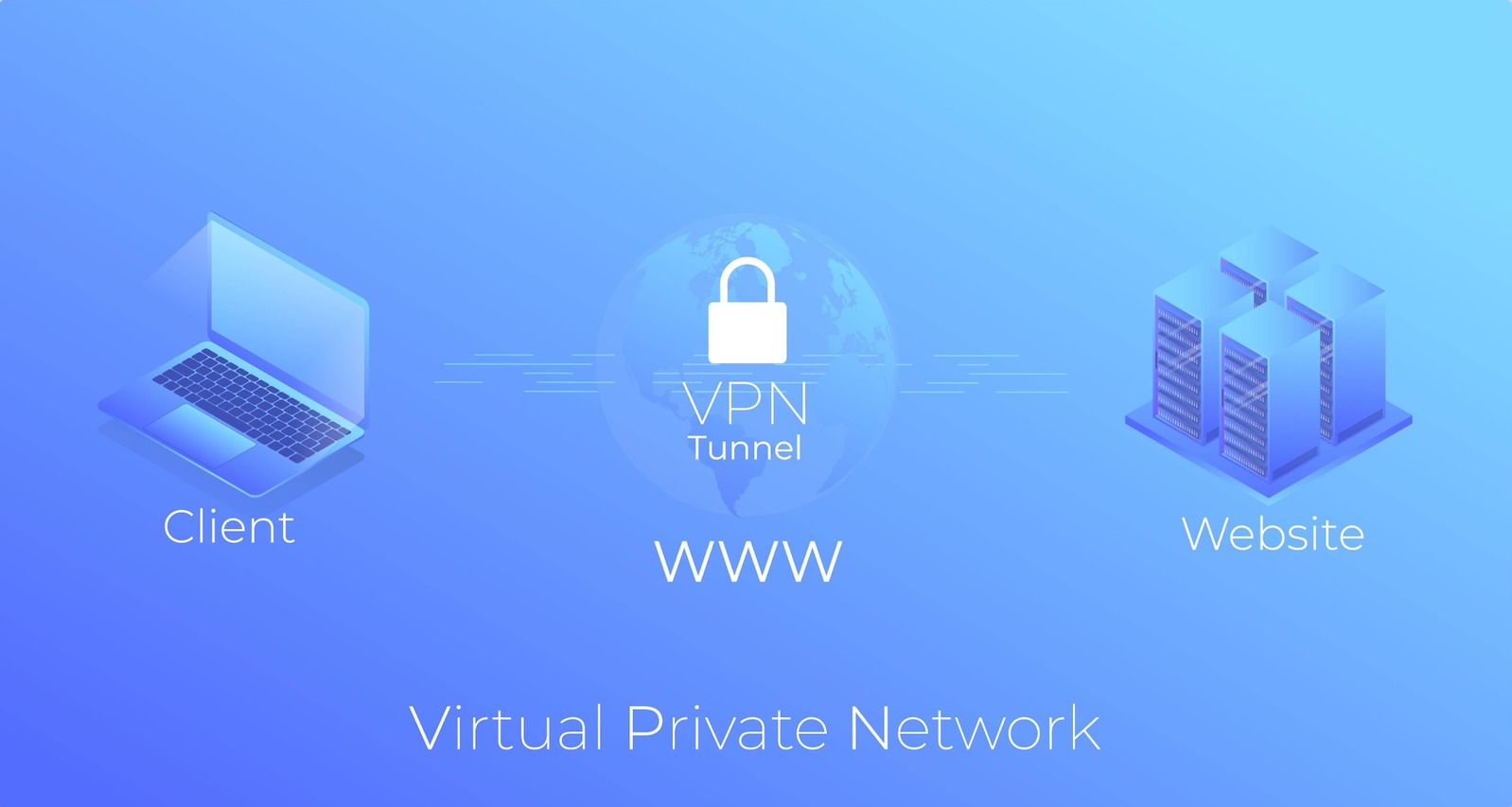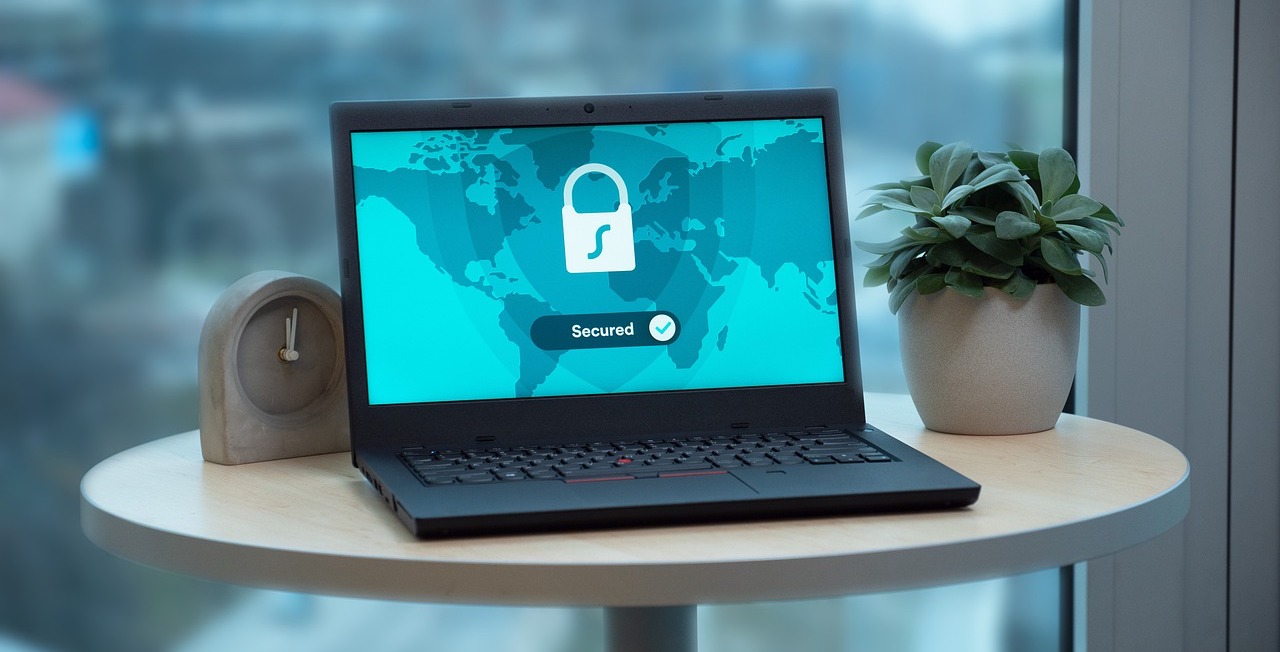
As the need for cloud computing technology grows, so, too, does its need for security. More than ever, as information gets migrated, it’s important for companies to take necessary precautions and think about present and future threats to their data security.
Data on tribal members is beyond valuable – it’s priceless, so taking proactive measures for your data security is vital to ensure it isn’t lost or hacked into.
Here are some potential threats as well as security measures you can take to keep your digital data safe:
What Are Some Common Risks to Cloud Application Security?
- Human error: Unfortunately, not paying proper attention to protocols can lead to hacked information through accounts. If employees are being negligent by using weak passwords, for example, this can be a breach in cloud application security. Egress’s 2021 Insider Data Breach Survey revealed 94% of organizations have experienced insider data breaches in the last year, with human error being the top cause of serious incidents
- Outdated software: Not conducting routine software updates can create holes for new threats to sneak through. Patches provide the very latest security measures against constantly developing viruses, which means it’s imperative to update regularly.
- Access inaccuracies: Configuring your cloud software correctly from the beginning is pivotal for a healthy, secure system. Accidentally enabling outbound networks or granting access to an external source has the potential to carry considerable risks.
5 Best Practices for Cloud Application Security
#1: Conduct Regular Security Updates
According to the FBI’s Internet Crime Complaint Center, there was a reported 62% year-over-year increase in ransomware complaints. It may be a pain to constantly pause for updates to run weekly or even daily, but such security patches are a necessity to mitigating risk.
Viruses are constantly being developed to try and overtake cloud and remote software, so staying up-to-date is your best line of defense against a possible cyberattack or breach.
#2: Tighten Access Credentials
Enable permission-based access so only the people who need to access certain data can see it. Taking a tiered accounts approach minimizes the risk around sensitive data being shared out to unauthorized parties accidentally or unintentionally.
This will also maintain the security framework from the cloud application environment and keep confidential customer or client data safe.
#3: Enlist Automation Where Applicable
Eliminate any risk of human error by using automation for a great risk mitigation strategy. The great thing about automation is it goes at your pace – being onboarded slowly or all at once depending on your needs.
Whether it’s a routine email reminder to send reports that’s sent out or an archiving system that compiles things for compliance purposes, having well thought out security processes in place eliminates guesswork and ensures it’s done correctly every time.
#4: Use Multi Factor Authentication (MFA)
Passwords are getting easier to hack into with automated hackers and systems. With MFA in place, you offer an added layer of security for your tribal members by needing an extra credential such as a phone number or authentication on another device to confirm a temporary code to login. It doesn’t take long to set up per account holder and is an effective way to prevent a widespread breach.
#5: Train Employees Regularly on Security
Unfortunately, things happen and people can be forgetful about being the most secure. Passwords can slip and get written down on a sticky note, or you can hit the wrong sender to a document.
It’s important to train employees on what to look for in terms of phishing emails, scams, and other red flags for cyberattacks, as these are common tactics hackers use to enter an otherwise safe cloud application security infrastructure. Do this training on an ongoing basis so the information stays fresh in employees’ minds.
Stay Vigilant on Security
Digital attacks on data are on the rise – so it’s important as you transition to a cloud-based software to be aware of all the risks it entails. When onboarded with an expert, you’re in a great position to safeguard your data against attackers, but risks still remain.
If you’ve got questions about cloud application security for your tribal government, read more on how to get started with OneTribe™ software today.
Sign Up For Our Newsletter
Recent Posts
- Innovations in Housing: Revolutionizing Tribal Housing with Digital Tools for Management
- Empowering Tribal ICW Departments: Achieve ICWA Compliance and Certification Success with OneTribe® Software
- OneTribe CCA - Your Child Care Data Tracker Replacement Solution
- Transform Your Tribal Member Services With Integrated Software Solutions
- Intertribal Software Raises Strategic Investment
Categories
- OneTribe Software
- digital transformation
- tribal government software
- Laserfiche ECM
- Intertribal Software Consultants
- Childcare Assistance
- Housing Management
- Intertribal Software
- tribal member management
- AFCARS Data Collection
- Child Care Data Tracker
- Child Welfare
- Housing
- ICWA
- ICWA Compliance
- Indian Child Welfare Act
- OneTribe Platform
- Title IV-E Certification
- Tribal Data Tracker
- Tribal Family Services
- Tribal Housing
- Tribal ICWA Software

















